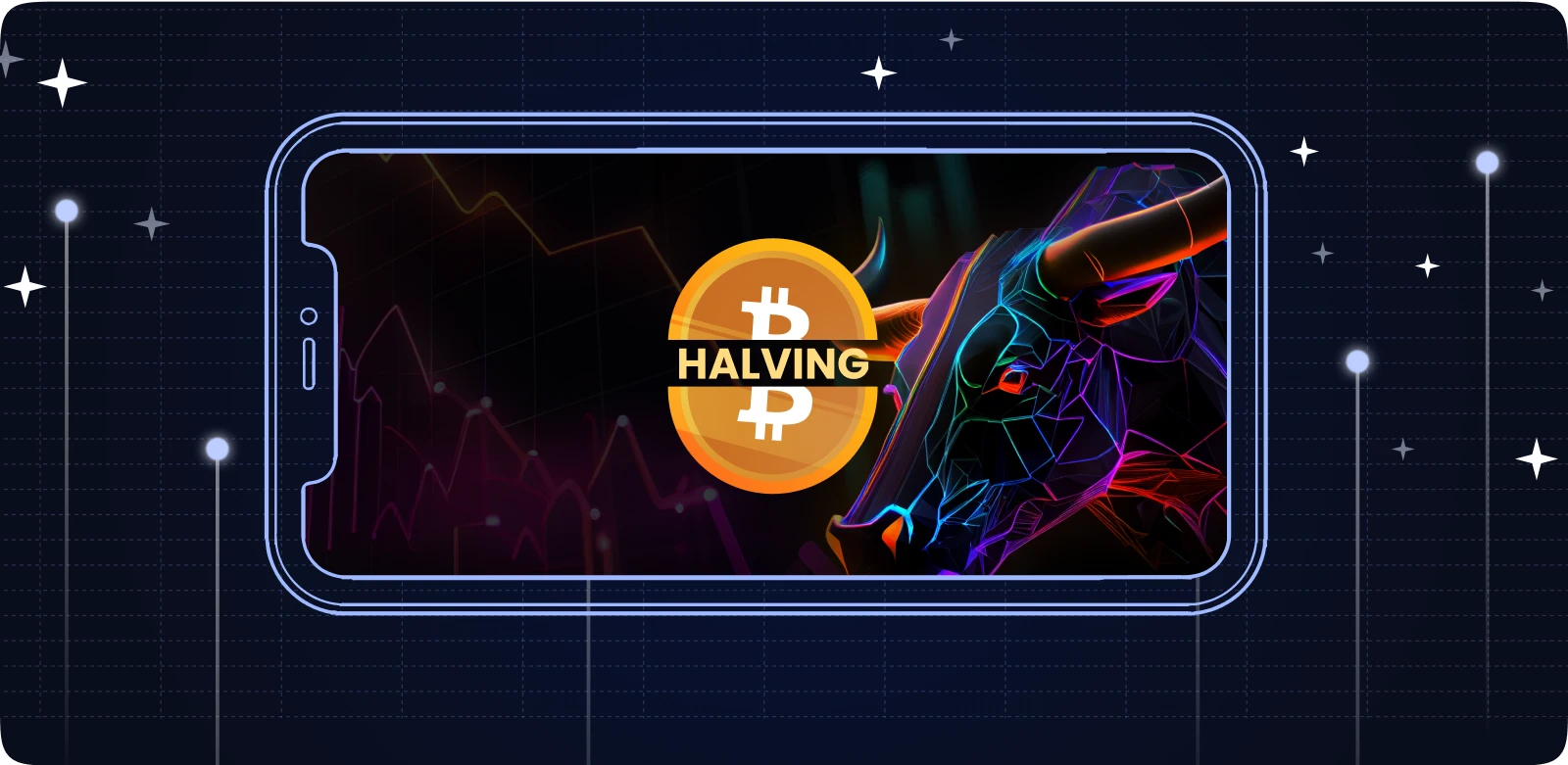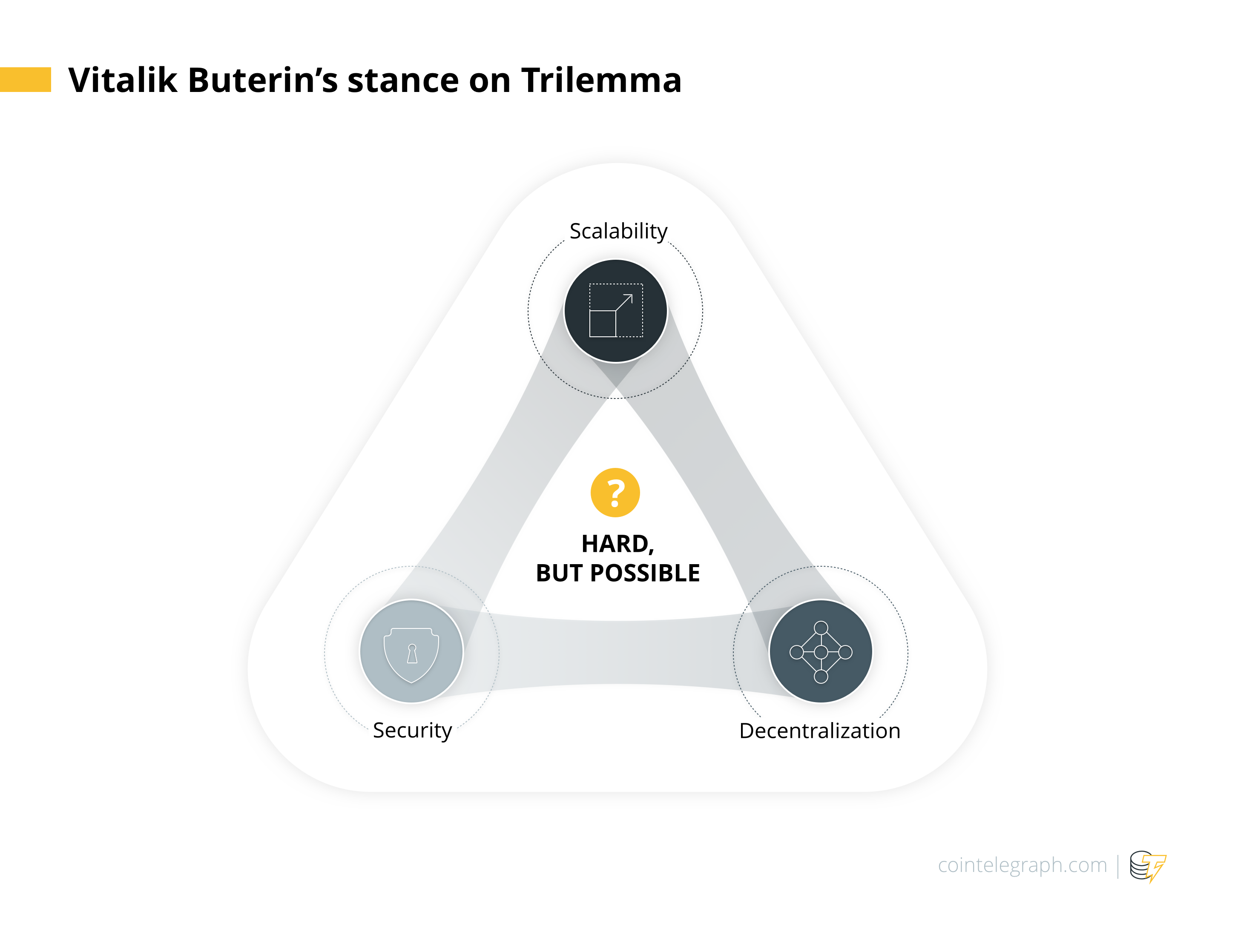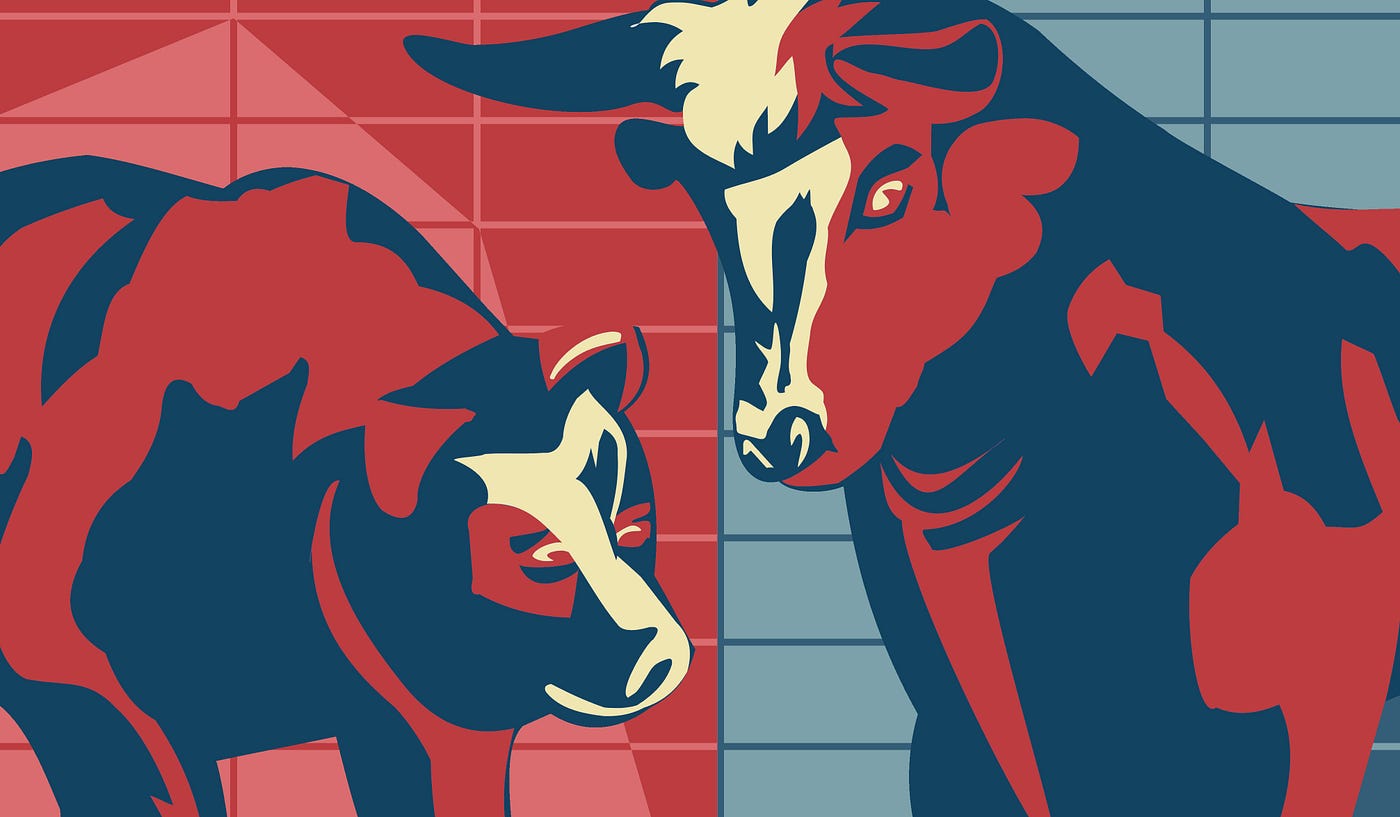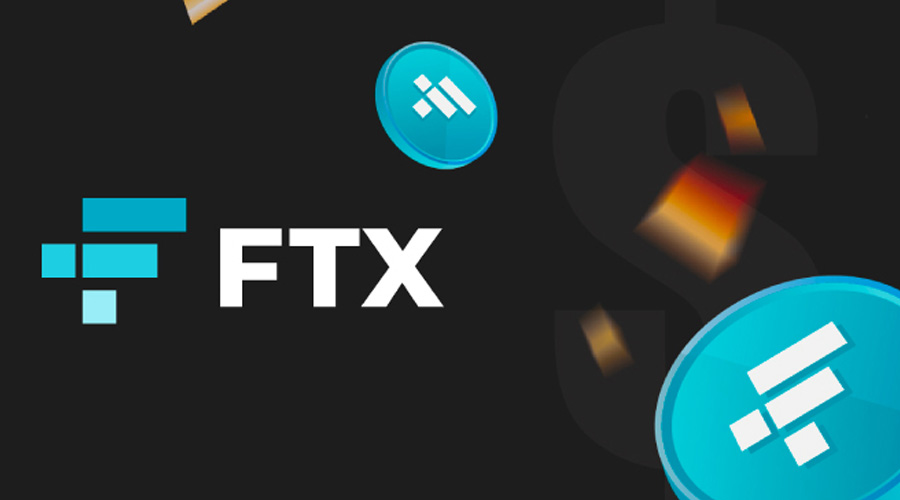The future of BTC mining and the Bitcoin halving
The BTC mining will make mining less profitable, and this could lead to a number of changes in the mining industry.

Bitcoin mining is the process by which new bitcoins are created and transactions are verified on the Bitcoin network. Miners use powerful computers to solve complex mathematical problems, and they are rewarded with bitcoins for their work.
The Bitcoin halving is a process by which the reward for mining a block of bitcoins is halved every 210,000 blocks, or approximately every four years. The next Bitcoin halving is expected to occur in April 2024.
The Bitcoin halving is a significant event for the Bitcoin network, as it has a major impact on the profitability of mining and the supply of new bitcoins.
The impact of the Bitcoin halving on mining
The Bitcoin halving has a number of impacts on mining, including:
- Reduced profitability: The Bitcoin halving reduces the amount of bitcoins that miners are rewarded for their work. This can make mining less profitable, especially for miners with high costs.
- Increased competition: As mining becomes less profitable, miners are more likely to compete with each other for the remaining rewards. This can lead to increased competition and lower mining fees.
- Centralization of mining: The Bitcoin halving can lead to the centralization of mining, as only the most efficient miners will be able to remain profitable. This could make it more difficult for new miners to enter the market.
The impact of the Bitcoin halving on the supply of new bitcoins
The Bitcoin halving also has a significant impact on the supply of new bitcoins. The halving reduces the rate at which new bitcoins are created, which can lead to a decrease in the supply of new bitcoins and an increase in the price of bitcoins.
The future of BTC mining
The future of BTC mining is uncertain. The Bitcoin halving will make mining less profitable, and this could lead to a number of changes in the mining industry.
One possibility is that mining will become more centralized, as only the most efficient miners will be able to remain profitable. This could make it more difficult for new miners to enter the market.
Another possibility is that mining will become more specialized, as miners focus on using more efficient mining hardware and renewable energy sources. This could make mining more sustainable and environmentally friendly.
It is also possible that new mining technologies will be developed that make mining more profitable. For example, new mining hardware could be developed that is more efficient and less expensive to operate.
Overall, the future of BTC mining is uncertain. The Bitcoin halving will make mining less profitable, and this could lead to a number of changes in the mining industry. However, it is also possible that new mining technologies will be developed that make mining more profitable and sustainable.
What miners can do to prepare for the next Bitcoin halving
Miners can take a number of steps to prepare for the next Bitcoin halving, including:
- Investing in more efficient mining hardware: More efficient mining hardware will allow miners to mine more bitcoins with less energy. This can make mining more profitable, especially after the Bitcoin halving.
- Using renewable energy sources: Using renewable energy sources can reduce the costs of mining and make it more sustainable.
- Diversifying their revenue streams: Miners can diversify their revenue streams by mining other cryptocurrencies or by offering other services, such as cloud mining or hosting. This can help to reduce their reliance on Bitcoin mining revenue.
By taking these steps, miners can increase their chances of remaining profitable after the next Bitcoin halving.
What's Your Reaction?
















